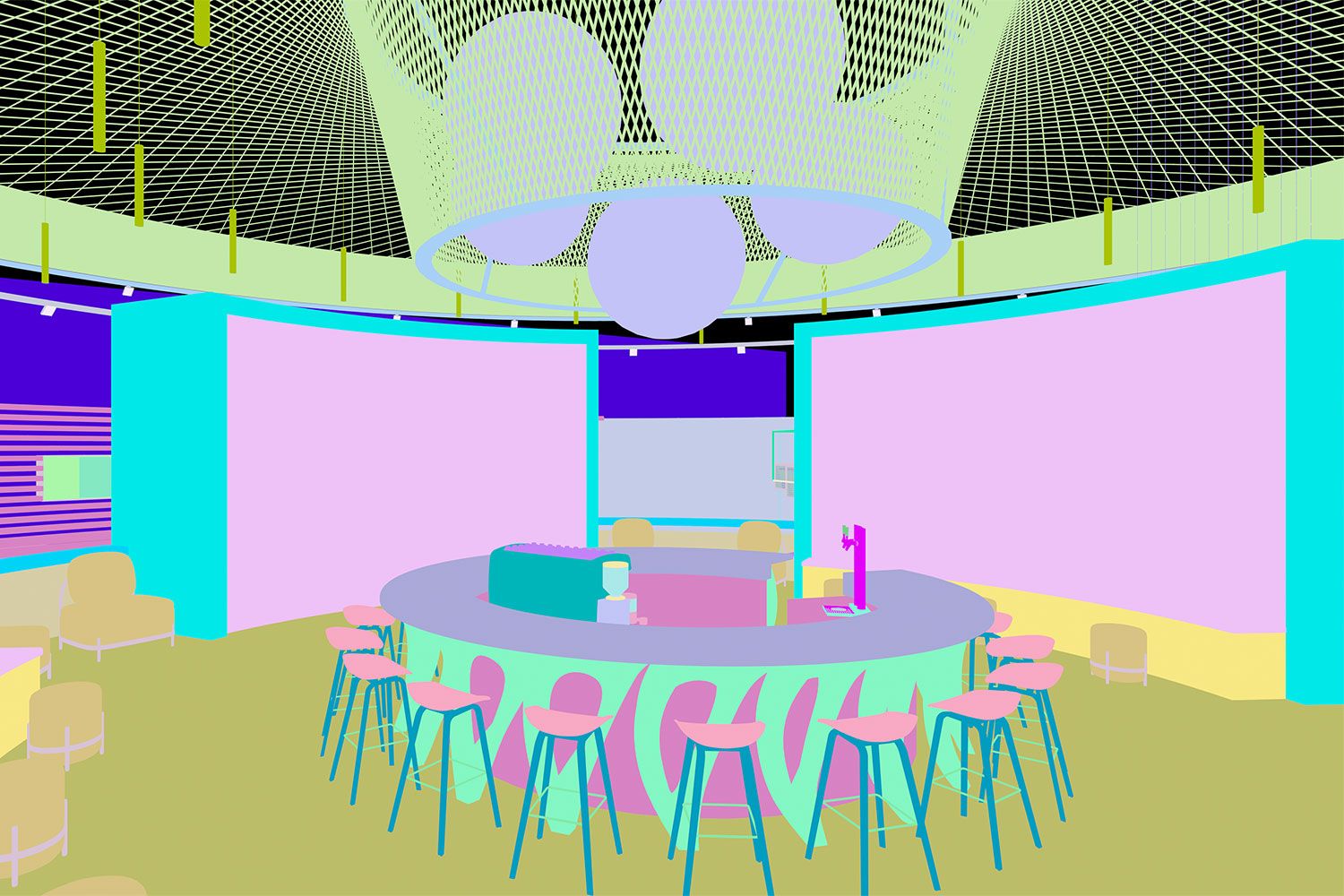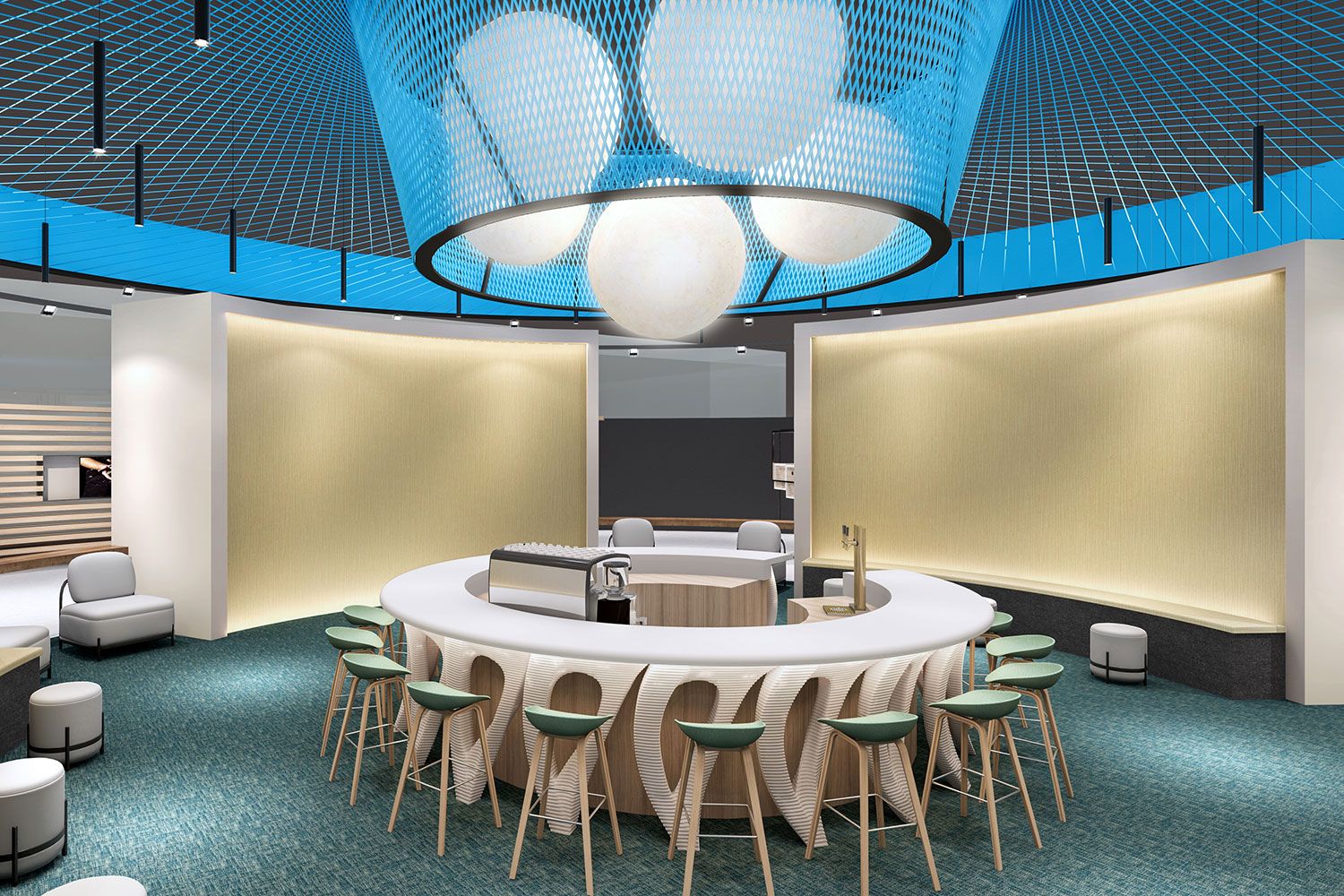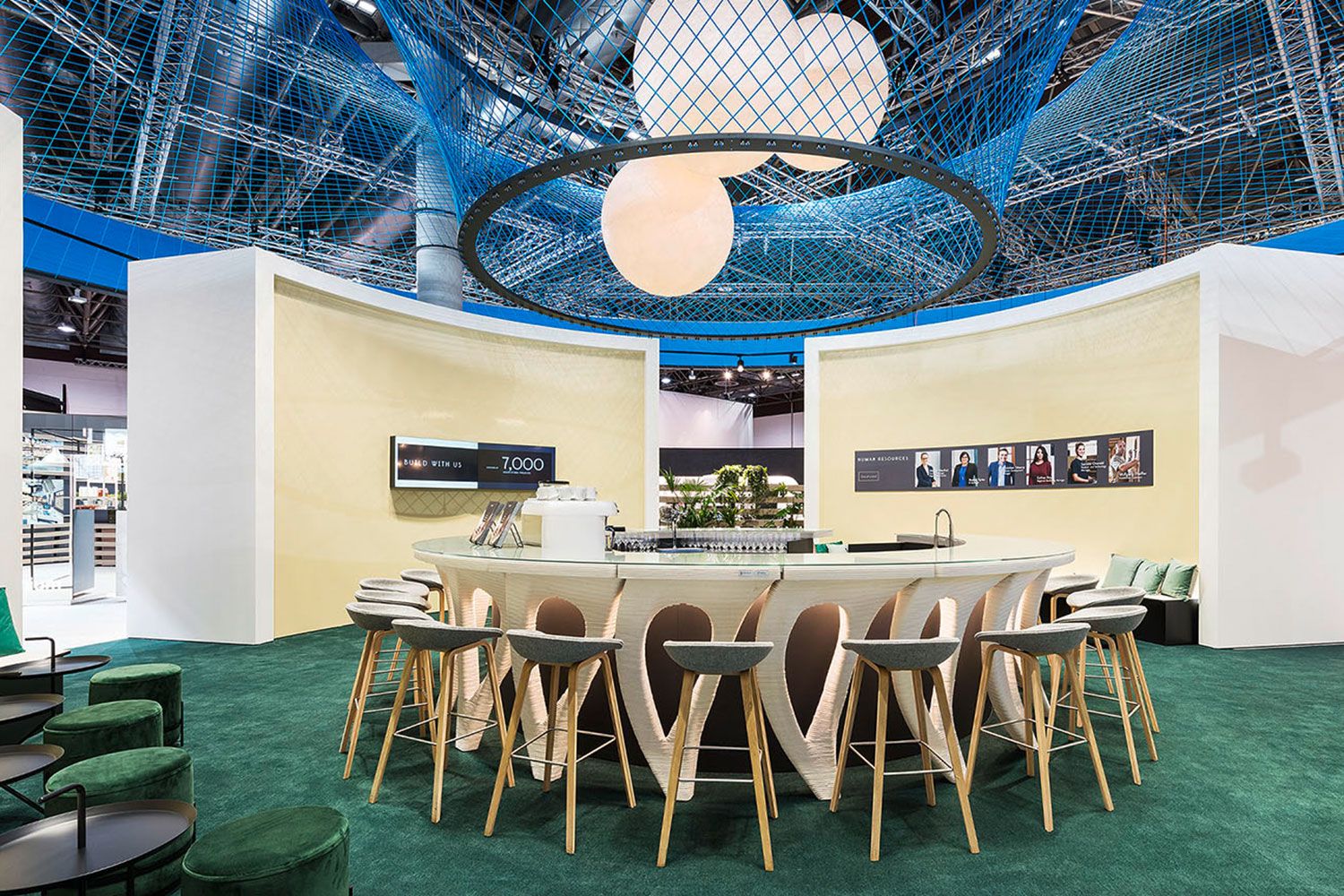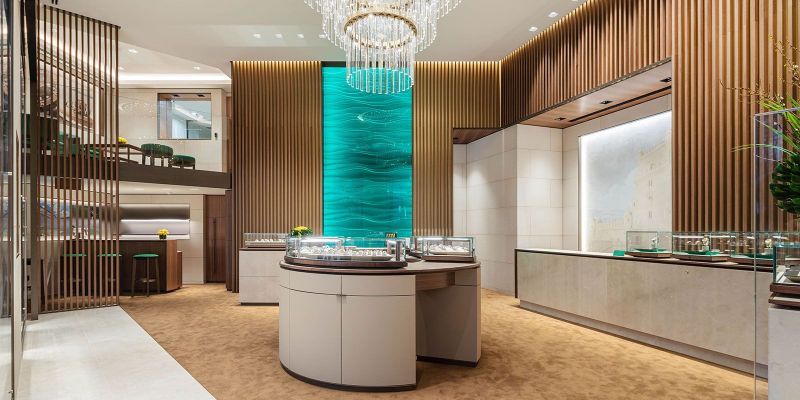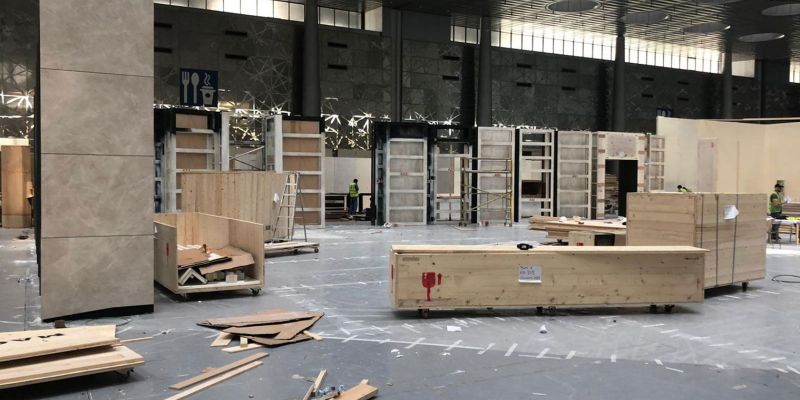29. October 2020
Added Value for Shop Designs with Virtual Reality
Photorealistic renderings are now an integral part of every retail design project. With Virtual Reality (VR), the next generation of visualisation tools is on the horizon. DOBAS CEO Patrick Buchecker explains how VR works and the opportunities it presents.
Author
Patrick John Buchecker
Digitalisation offers numerous opportunities for retail design. At DOBAS, we have been working intensively with virtual spaces since 2016, initially focusing on photorealistic but static visualisations – known as renderings. Now, Virtual Reality (VR) introduces new possibilities for showcasing future shop projects. Using a VR headset, one can enter a virtual space and navigate it with controllers and physical movements in the real world. The planned structure becomes both walkable and immersive.
What is VR?
A virtual space is composed of digitally created vertical and horizontal surfaces overlaid with materials. Essentially, the same digital information used for static, photorealistic renderings is required for constructing a virtual space.
However, for a walkable virtual environment, the entire spatial volume is created, not just a fragment. Every single angle of the future retail space is visualised and rendered, giving viewers a comprehensive and lifelike impression of the planned project.
Lighting and materials in the virtual space
An object in virtual reality requires light sources, just like its real-world counterpart, to make colours and textures visible. Lighting is applied with the planned intensity and colour temperature (Kelvin), allowing the design team to verify that the lighting concept aligns with the desired atmosphere.
Typically, VR technology is used at the end of the detailed planning phase. The VR experience helps resolve any final uncertainties and fine-tune details. On request, virtual environments can also include material alternatives, allowing a retail space to be experienced with marble flooring one moment and wooden parquet the next – all with just a click.
Planning advantages with VR
Constructing a VR environment is a significant investment. Depending on the size of the retail space, the process can take 80 to 120 hours. However, the additional cost delivers various benefits, including:
- Planning Confidence for Clients: By virtually visiting the boutique, clients can experience their future space from both the sales staff's and the customers' perspectives, enabling them to optimise the plans if needed. Simulating different times of day and atmospheres provides further valuable insights.
- Investor Persuasion: Virtual Reality gives investors a compelling first impression of projects, allowing for detailed feedback. Adjustments can be made to convince investors to participate in the project.
- Brand Participation: By incorporating VR, clients can position themselves as progressive and innovative to partner brands. Brands, in turn, can use the technology to recognise the potential and appeal of a boutique, increasing their willingness to collaborate.
We firmly believe that Virtual Reality – and Augmented Reality – will become integral parts of future planning processes. If this expectation proves accurate, these technologies will likely become more cost-effective to implement over time.
Take your interior architecture project to the next level
Patrick John Buchecker
CEO
Explore More Space Stories
Space Story #7 | 3 September 2020
Implementation of Retail Design Concept in Lisbon
In addition to creating its own designs, DOBAS also implements third-party retail concepts, managing everything from detailed planning to handover. For the specialist retailer Torres Joalheiros, DOBAS realised an impressive boutique on Avenida da Liberdade, Lisbon’s luxury shopping boulevard.
Space Story #4 | 26 March 2020
60 Crates Turned into an Exhibition Stand
For the Doha Jewellery & Watches Exhibition in Qatar, DOBAS designed and built a 900m2 exhibition stand. The logistics required careful planning and coordination.


